Delve into the world of stamping technology, a cornerstone of modern manufacturing, and discover its intricacies, advantages, and challenges.
Stamping is a manufacturing technology that shapes sheets or plates of varying thicknesses into desired forms through mechanical stamping or ramming, without altering the original material’s thickness.
To fully grasp the nuances of stamping technology, let’s explore its depths, from its fundamental processes to its global implications.
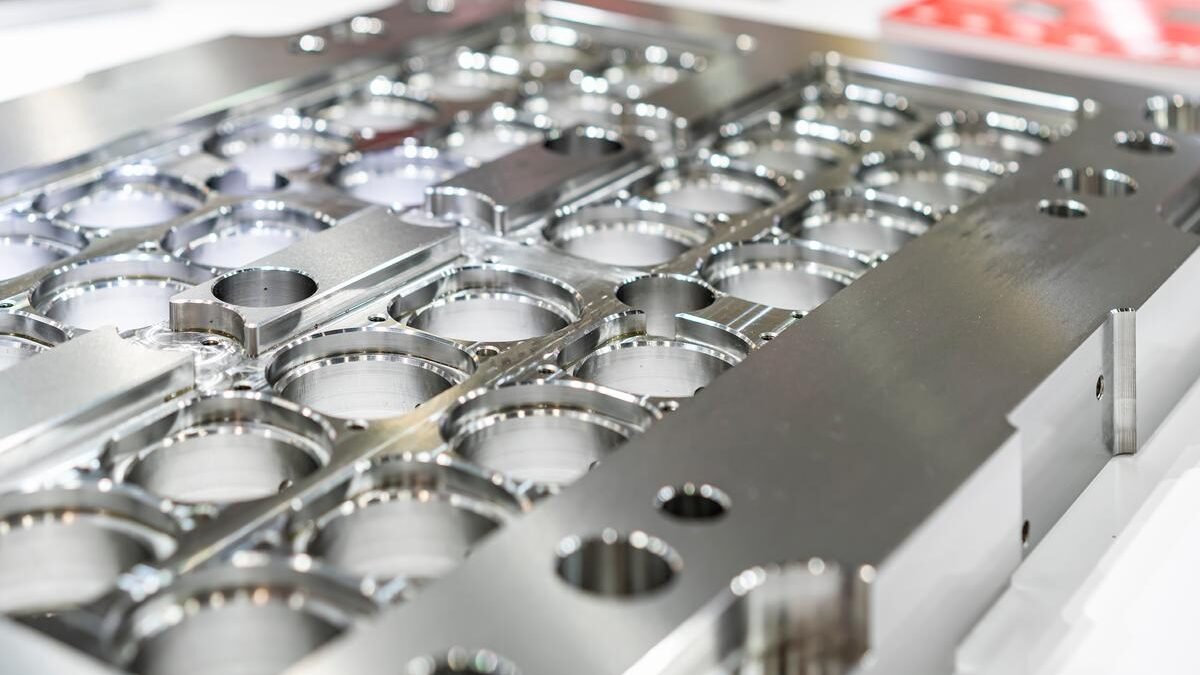
The Fundamentals of Stamping Technology
In the vast domain of manufacturing, stamping technology has emerged as a cornerstone, seamlessly blending age-old techniques with modern innovations. To truly appreciate its significance, it’s essential to understand its roots, the core process, and the art of die design.
Origins and Evolution
Stamping, in its most rudimentary form, can trace its lineage back to ancient civilizations where metals were hammered into shapes for tools, jewelry, and art. As societies evolved, so did the need for more sophisticated and efficient methods of shaping metals. The industrial revolution marked a significant leap in stamping technology, introducing mechanized presses and dies. Today, with the integration of computer-aided design (CAD) and other technological advancements, stamping has transformed into a precise and efficient manufacturing process, catering to diverse industries worldwide.
The Stamping Process
At its core, the stamping process is a dance of force and metal. It begins with selecting the right material, typically metal sheets or coils, which are then fed into a stamping press. This press, equipped with specially designed dies, exerts force on the metal, shaping it into the desired part. The process can range from simple bending operations to complex, multi-stage progressive stamping. Throughout the procedure, it’s crucial to maintain the material’s integrity, ensuring that its thickness remains consistent, and the final product meets the desired specifications.
Die Design and Importance
The heart of the stamping process lies in the dies. These are custom-made tools designed to impart specific shapes to the metal. Crafting a die requires a blend of art and engineering, ensuring it not only produces the desired shape but also withstands the rigors of repeated stamping operations. The quality of a stamped product is often a direct reflection of the die’s design and precision. Modern die design incorporates CAD tools, allowing for intricate designs and ensuring a high degree of accuracy. Moreover, the longevity and efficiency of the stamping process heavily rely on the durability and precision of these dies.
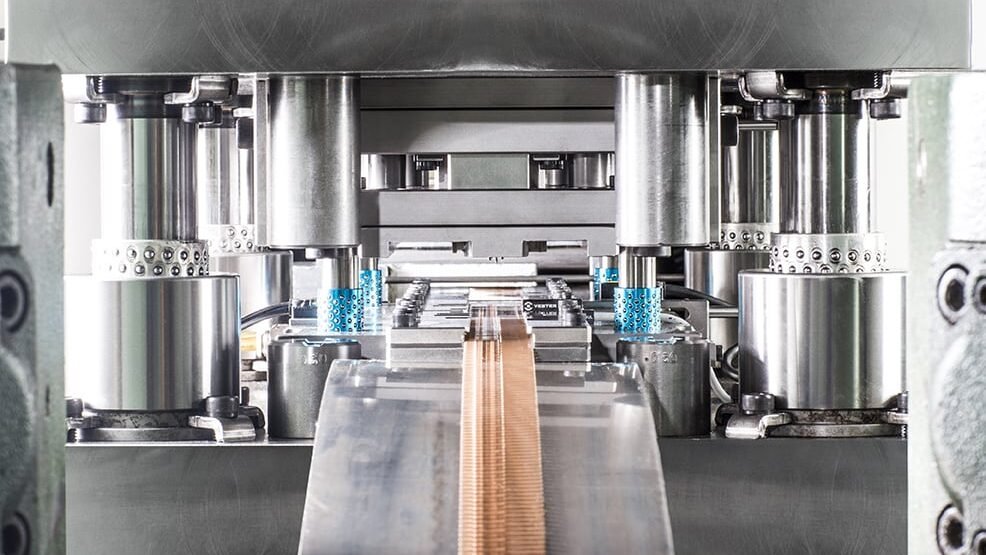
Advantages and Challenges of Stamping Technology
Stamping technology, like any other manufacturing process, comes with its set of advantages and challenges. While it offers unparalleled precision and efficiency, it also demands a keen understanding of material behavior and has both environmental and economic implications. Let’s delve deeper into these aspects.
Precision and Efficiency
One of the standout benefits of stamping technology is its ability to produce parts with high precision consistently. Modern stamping presses, combined with meticulously designed dies, ensure that each product is virtually identical to the last, meeting stringent quality standards. This precision is especially crucial in industries like aerospace and automotive, where even the slightest deviation can have significant consequences. Furthermore, the speed of the stamping process, especially in progressive stamping setups, allows for the production of large quantities in a relatively short time, making it a preferred choice for mass production.
Material Behavior
The success of a stamping operation often hinges on the chosen material. Different metals have varying degrees of malleability, ductility, and tensile strength. For instance, while aluminum might be easier to stamp due to its malleability, it may not offer the same strength as steel. Understanding the behavior of metals under the intense pressure of stamping is crucial. This knowledge ensures that the material doesn’t crack, warp, or undergo unwanted transformations. It’s also vital to consider the material’s post-stamping behavior, such as its response to heat treatments or potential corrosion resistance.
Environmental and Economic Implications
From an environmental standpoint, stamping, like other manufacturing processes, can have a footprint. The energy consumption of large presses, waste generated from trimmed materials, and the use of lubricants and coolants all contribute to its environmental impact. However, modern practices aim to minimize waste and recycle as much scrap metal as possible. Economically, while the initial setup for stamping (like die design and press setup) can be capital-intensive, the cost per unit often decreases significantly with volume, making it cost-effective for large-scale production. Balancing the initial investment with the long-term benefits is crucial for businesses considering stamping as their primary manufacturing method.
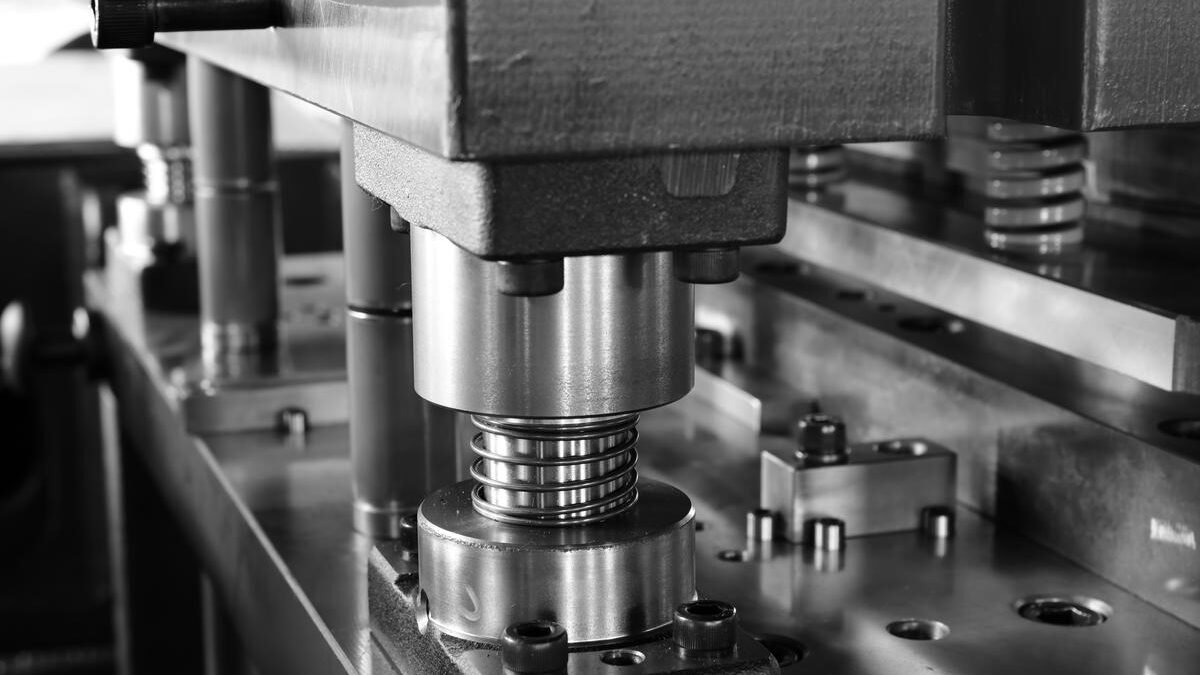
Safety, Training, and Quality Control
In the realm of stamping technology, the balance between efficiency and safety is paramount. The machinery involved is powerful, and the processes can be intricate. Ensuring the safety of workers, providing them with the necessary training, and maintaining a high standard of quality are all critical components of a successful stamping operation. Let’s explore these facets in detail.
Safety Protocols
The stamping process, given its reliance on heavy machinery and high forces, poses inherent risks. To mitigate these, stringent safety protocols are in place. These include:
- Safety Gear: Workers are equipped with protective gear such as safety goggles, gloves, and ear protection to shield against flying debris, noise, and other hazards.
- Machine Guards: Stamping presses are fitted with guards and barriers to prevent accidental contact with moving parts.
- Emergency Stops: Machines are equipped with easily accessible emergency stop buttons to halt operations immediately in case of anomalies.
- Regular Maintenance: Routine checks and maintenance of machinery ensure they operate without malfunctions, reducing the risk of accidents.
Training and Skillset
Operating stamping machinery requires a specific skill set, honed through rigorous training. New employees typically undergo:
- Basic Training: An introduction to the machinery, its components, and its operation.
- Safety Training: Detailed sessions on safety protocols, handling emergencies, and understanding potential hazards.
- On-the-Job Training: Hands-on experience under the supervision of seasoned operators to gain practical knowledge.
- Continuous Learning: As technology evolves, operators are often provided with refresher courses or training on new machinery.
Quality Assurance
Ensuring that stamped products meet the desired specifications is crucial for maintaining a brand’s reputation and customer trust. Quality assurance involves:
- Inspection Techniques: Employing methods like visual inspection, micrometers, and coordinate measuring machines to check the dimensions and quality of stamped parts.
- Sampling: Periodically checking batches of products to ensure consistency.
- Feedback Loop: Any defects or anomalies detected are fed back into the process for continuous improvement.
- Documentation: Maintaining detailed records of inspections, anomalies, and corrective actions to trace any issues back to their source.
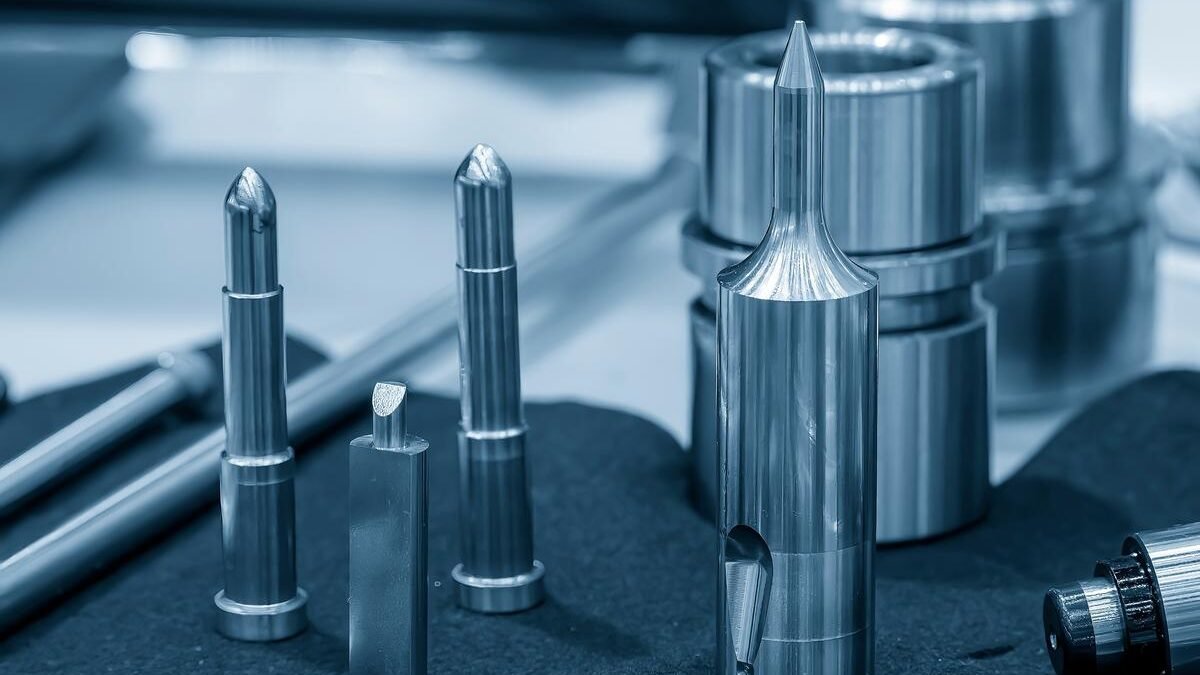
Global Perspective and Future Trends
Stamping technology, while rooted in fundamental principles, has evolved differently across the globe, influenced by regional needs, economic conditions, and technological advancements. As we stand on the cusp of a new era in manufacturing, it’s essential to understand the global landscape of stamping and the trends shaping its future.
Stamping Across Borders
The art and science of stamping have found resonance worldwide, but the nuances vary:
- Asian Markets: Countries like China, Japan, and South Korea have heavily invested in stamping, primarily to support their vast automotive and electronics industries. Innovations here often focus on efficiency and scale.
- European Landscape: European nations, with their rich industrial history, have emphasized precision engineering in stamping. Countries like Germany are renowned for their high-quality stamping machinery and techniques.
- North America: The US and Canada, with their diverse manufacturing sectors, have seen a blend of both scale and precision in stamping practices. There’s also a significant focus on sustainable and green stamping processes.
Economic Factors
The global economy plays a pivotal role in shaping the stamping industry:
- Trade Wars and Tariffs: Recent trade tensions, especially between the US and China, have impacted the import and export of stamped goods and machinery, affecting prices and supply chains.
- Labor Costs: The cost of labor varies worldwide, influencing where companies set up their stamping operations. Automation in stamping is also driven by labor costs.
- Raw Material Prices: The cost of metals, their availability, and global demand-supply dynamics directly impact the stamping industry’s profitability.
The Road Ahead
The future of stamping technology is rife with possibilities:
- Integration with AI: Artificial Intelligence can optimize stamping processes, predict maintenance needs, and enhance quality control.
- Sustainability: As the world moves towards greener practices, sustainable stamping methods that reduce waste and energy consumption will gain prominence.
- Advanced Materials: Research into new alloys and materials can revolutionize stamping, offering better strength, durability, or unique properties.
- 3D Printing: While stamping is a subtractive process, its integration with additive manufacturing (like 3D printing) can open up new avenues for hybrid manufacturing techniques.
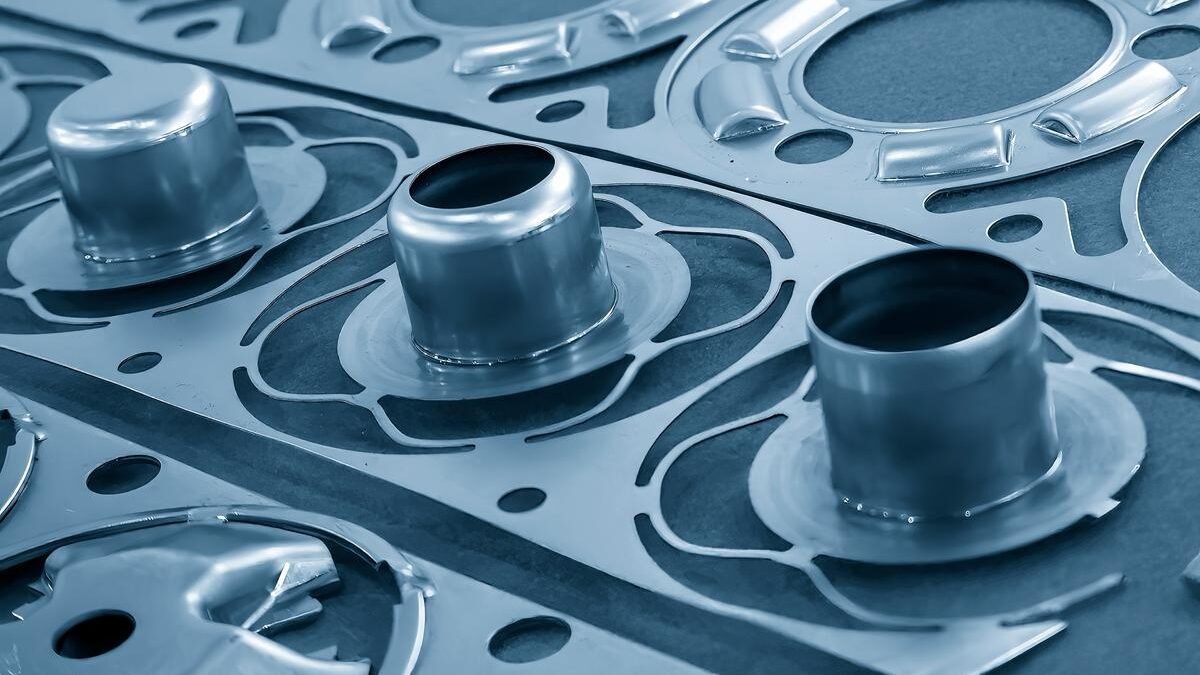
Consumer Insights and Customization
In today’s dynamic market, understanding consumer perceptions and the ability to tailor products to specific needs is paramount. Stamping technology, while deeply technical, is not immune to these market forces. Let’s delve into how consumers perceive stamped products and the adaptability of stamping to cater to custom requirements.
End-User Perception
Consumer perception of stamped products is shaped by several factors:
- Quality and Durability: Stamped products, given their manufacturing precision, are often perceived as high-quality and durable. This is especially true for industries where the structural integrity of stamped parts is crucial, such as automotive or aerospace.
- Aesthetics: The finish and design of stamped products play a significant role in consumer perception, especially in sectors like jewelry or consumer electronics. A flawless finish can enhance the perceived value of the product.
- Sustainability: With growing environmental consciousness, consumers are increasingly looking at the sustainability of products. Stamped products made from recycled materials or through energy-efficient processes can have a positive impact on brand perception.
- Price Point: The cost-effectiveness of the stamping process can lead to competitively priced products, influencing consumer buying decisions.
Adaptability in Stamping
Customization is at the heart of modern consumer demand, and stamping technology has evolved to meet this:
- Custom Dies: With advancements in CAD and CNC machining, creating custom dies for specific designs has become more accessible and cost-effective. This allows for small-batch or even one-off production runs.
- Material Choices: The stamping process can adapt to various materials, from different metal alloys to hybrid materials, allowing for a wide range of product customizations.
- Post-Processing: After stamping, products can undergo various post-processing treatments like painting, plating, or engraving to add a personalized touch.
- Integration with Other Manufacturing Methods: Stamping can be combined with other manufacturing techniques, like welding or additive manufacturing, to create complex, customized products.
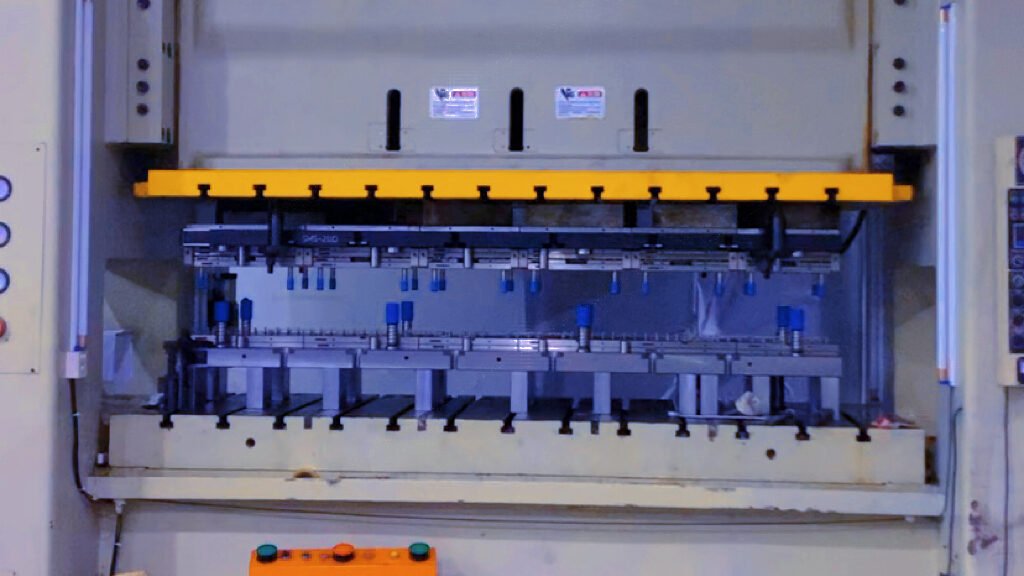
Conclusion
In the intricate tapestry of modern manufacturing, stamping technology stands out as a testament to human ingenuity and adaptability. From its humble beginnings, where metals were manually shaped to fit rudimentary needs, to today’s high-tech, automated processes, stamping has continually evolved, mirroring the progress of civilization itself.
The precision and efficiency inherent to stamping have made it an indispensable tool in diverse industries, from automotive to electronics, aerospace to jewelry. Its ability to produce high-quality, consistent products at scale gives it an edge in a competitive market. Moreover, the adaptability of stamping, its capacity to cater to custom requirements, speaks volumes about its versatility.
Consumer perceptions, always a driving force behind technological advancements, have further shaped the trajectory of stamping. As sustainability and customization become watchwords for the modern consumer, stamping technology is poised to adapt, innovate, and lead.
Economic factors, global trends, and technological innovations will undoubtedly influence stamping’s future. However, its foundational principles of precision, efficiency, and adaptability ensure its continued relevance. As we look ahead, it’s clear that stamping technology, with its rich legacy and promising future, will continue to play a pivotal role in shaping the world around us.
In essence, stamping technology is not just a manufacturing process; it’s a reflection of human aspiration, a symbol of our relentless pursuit of perfection, and a beacon of progress in an ever-evolving world.


